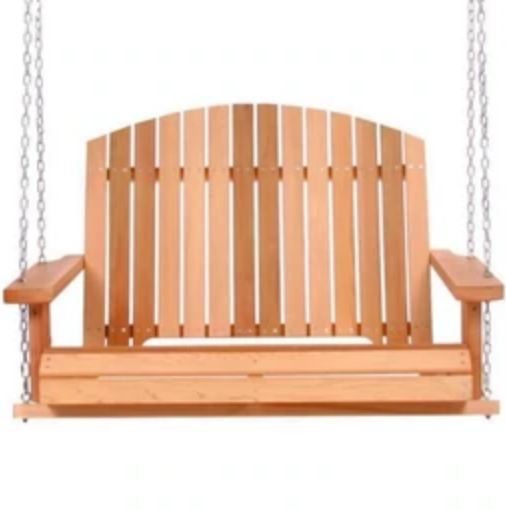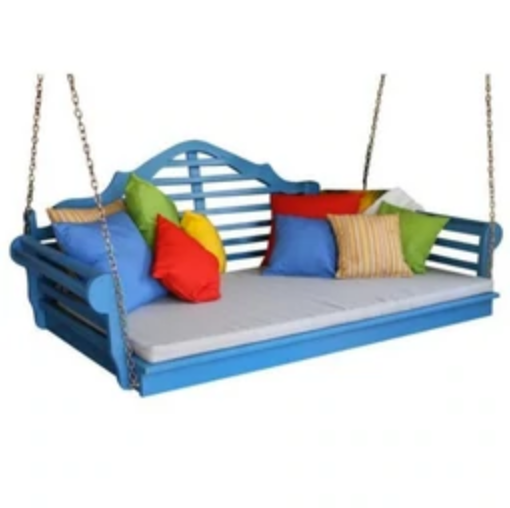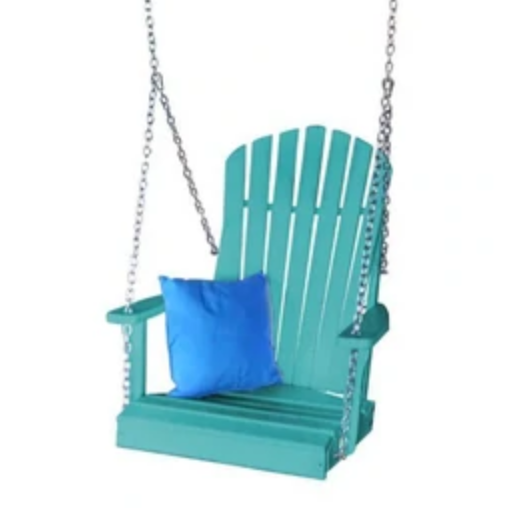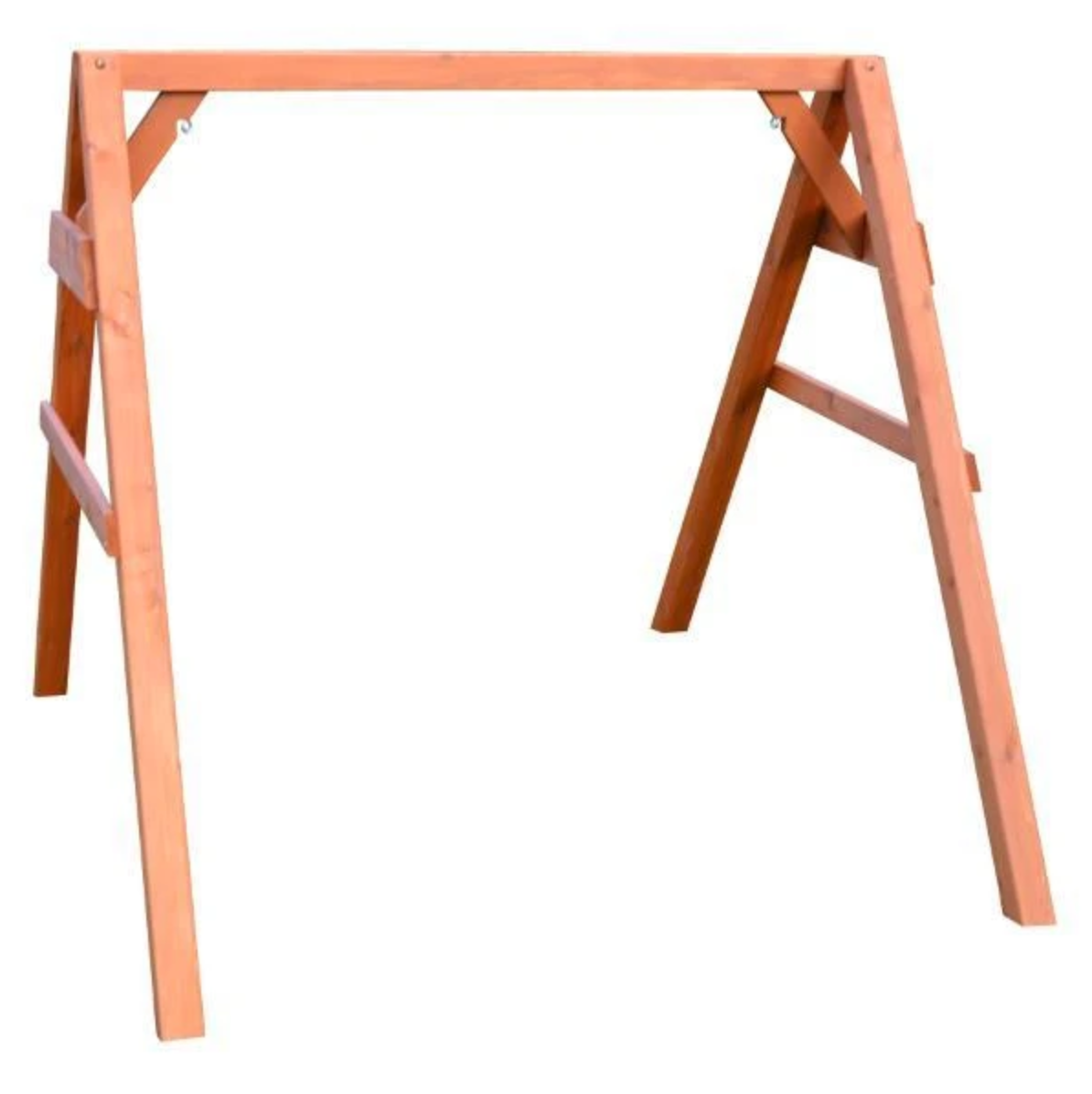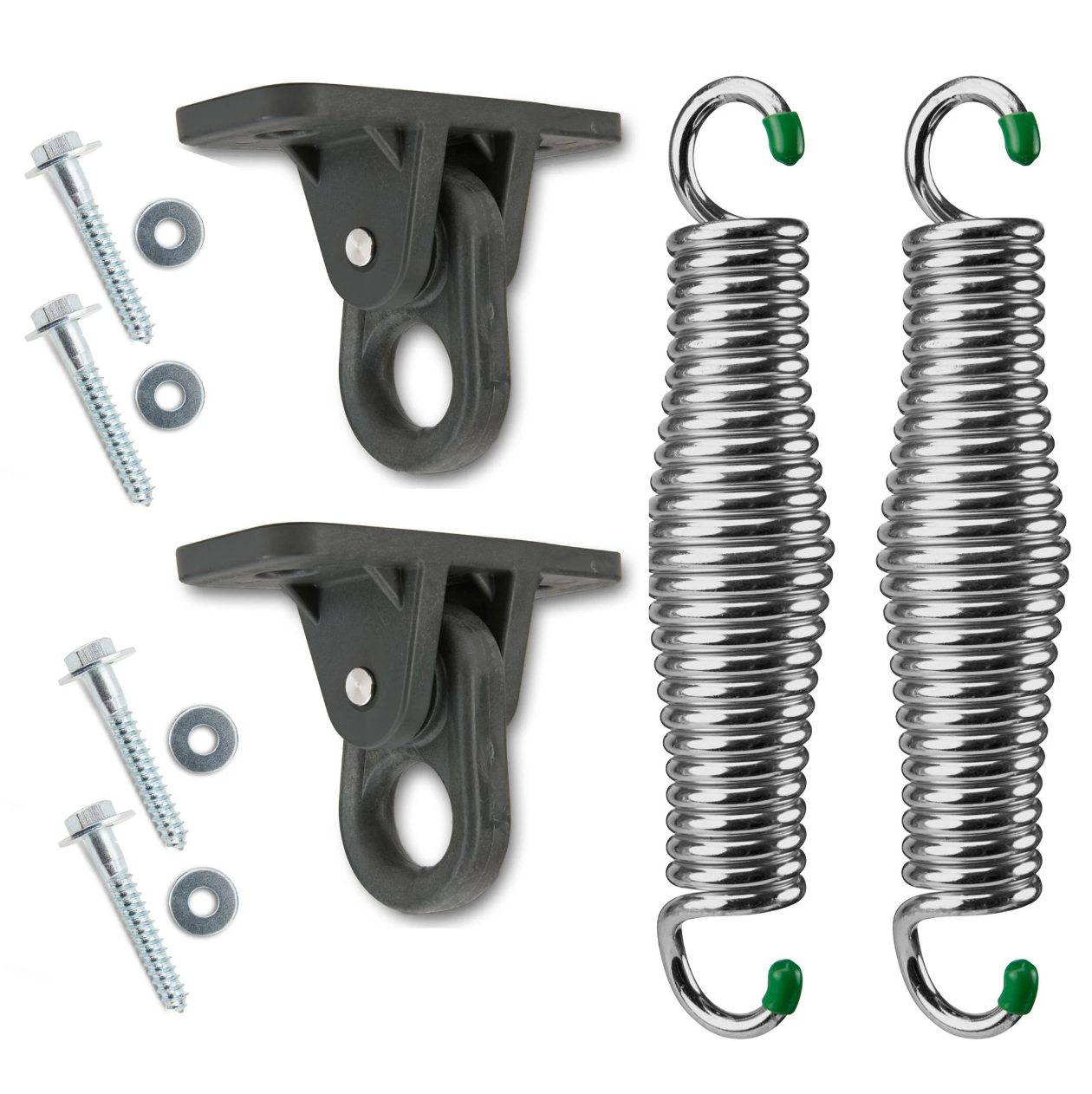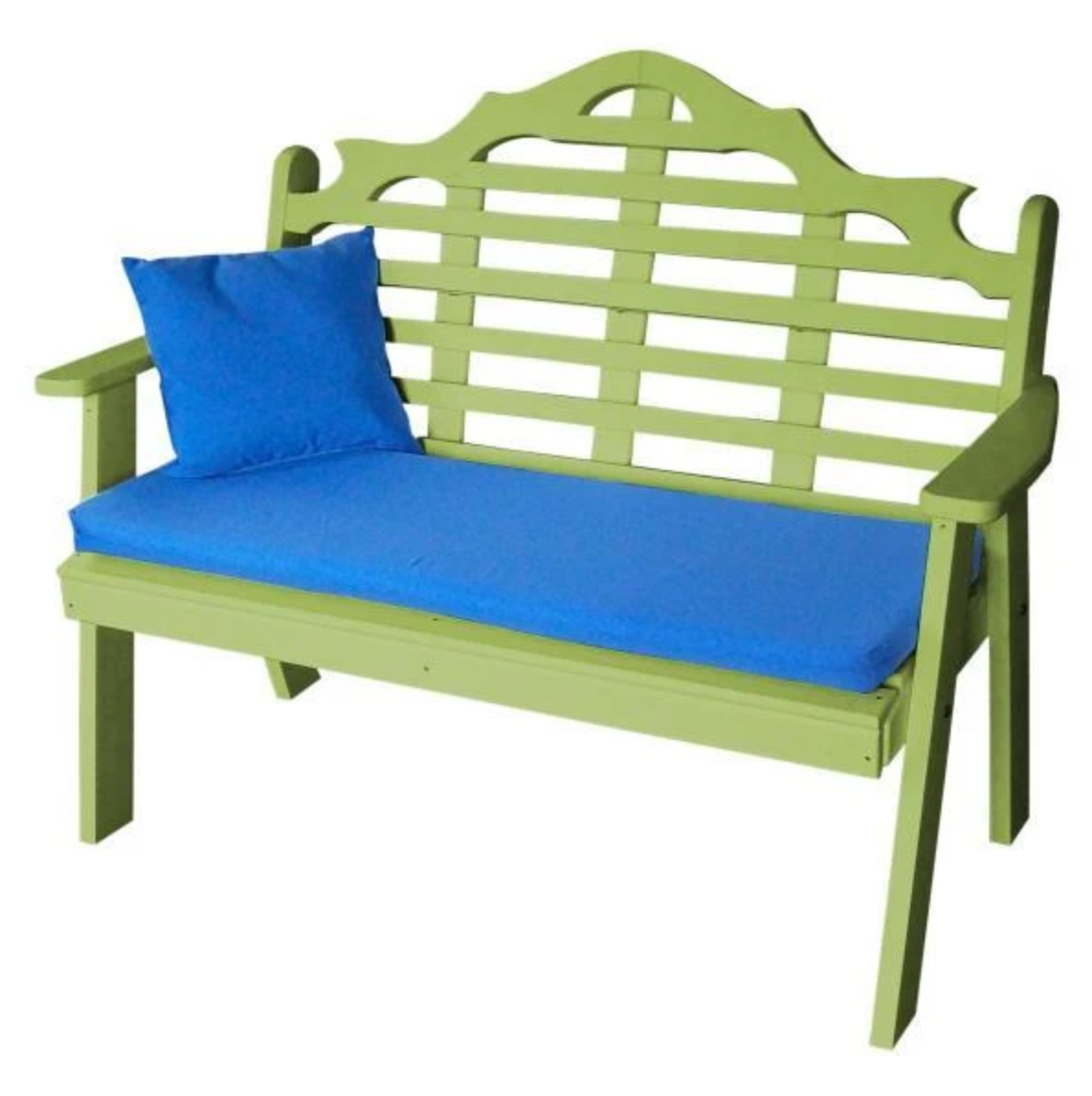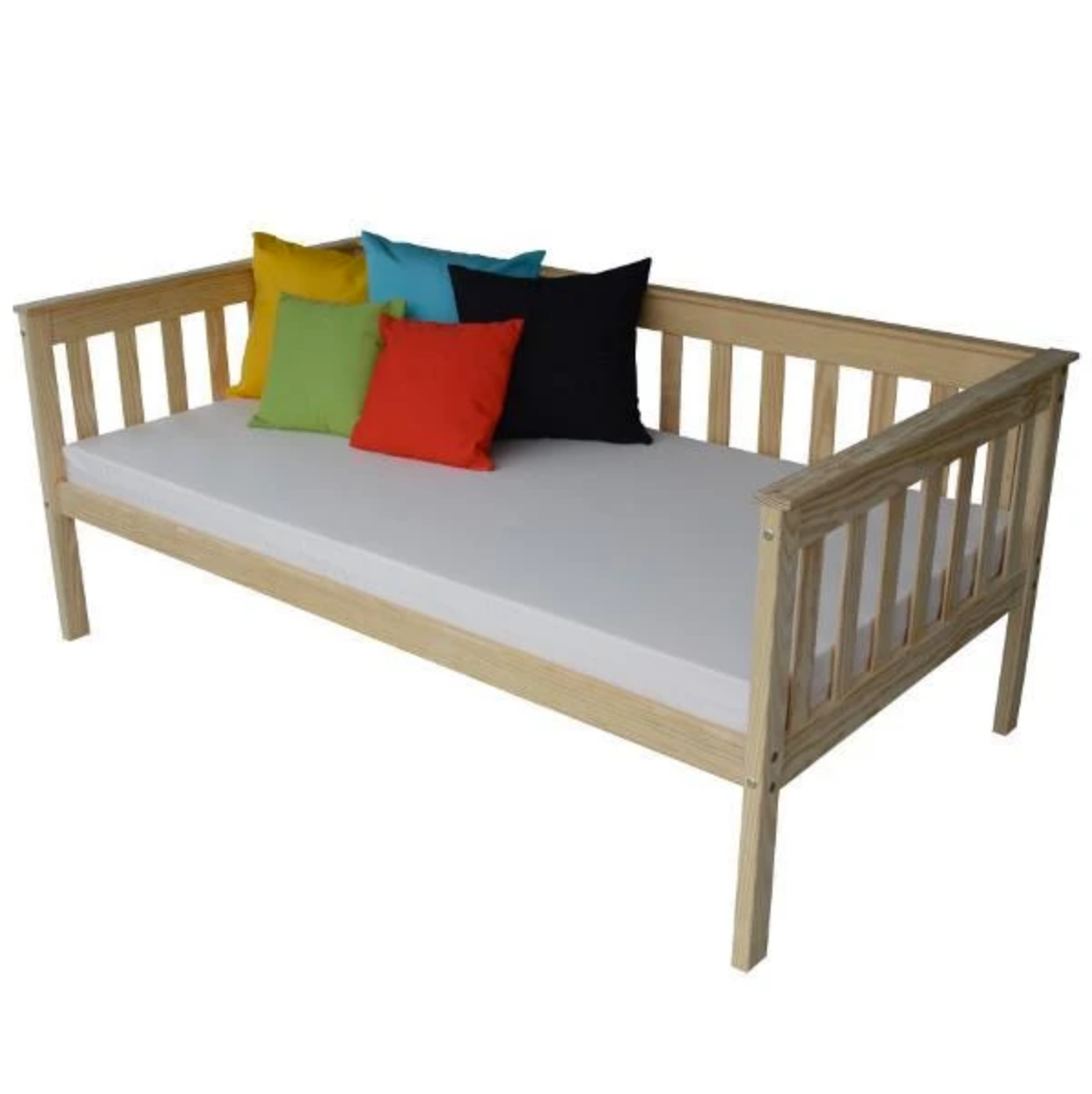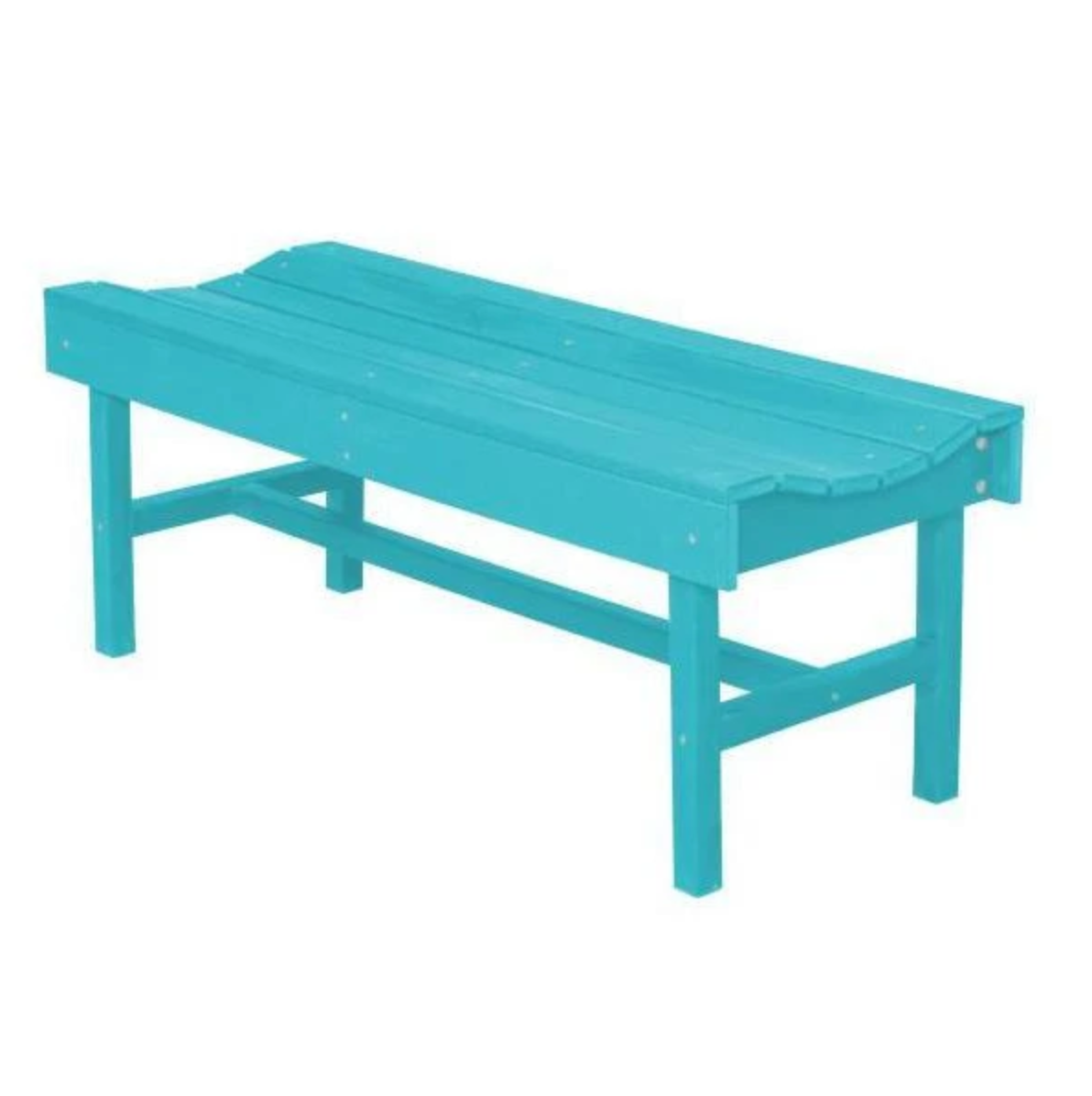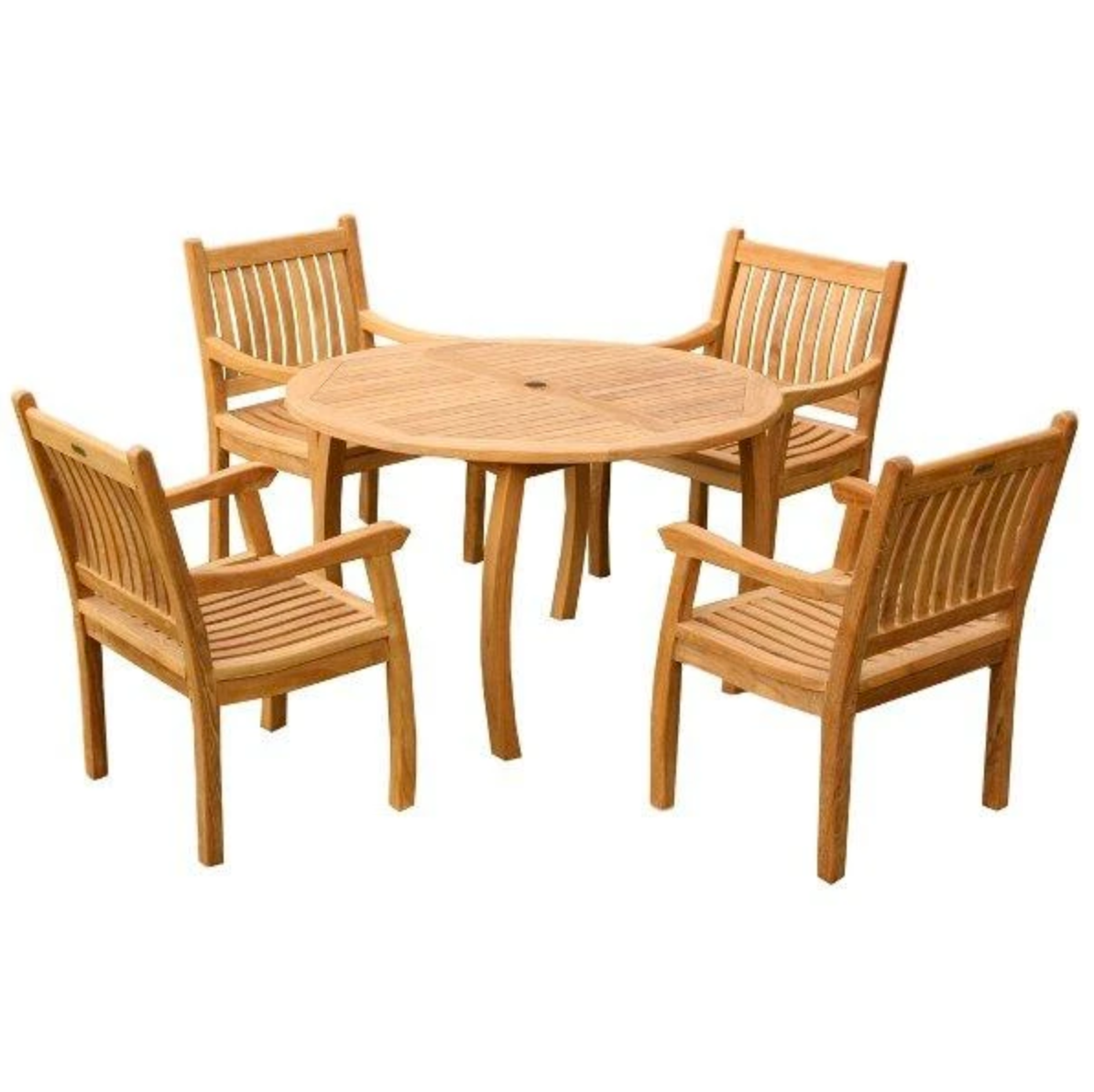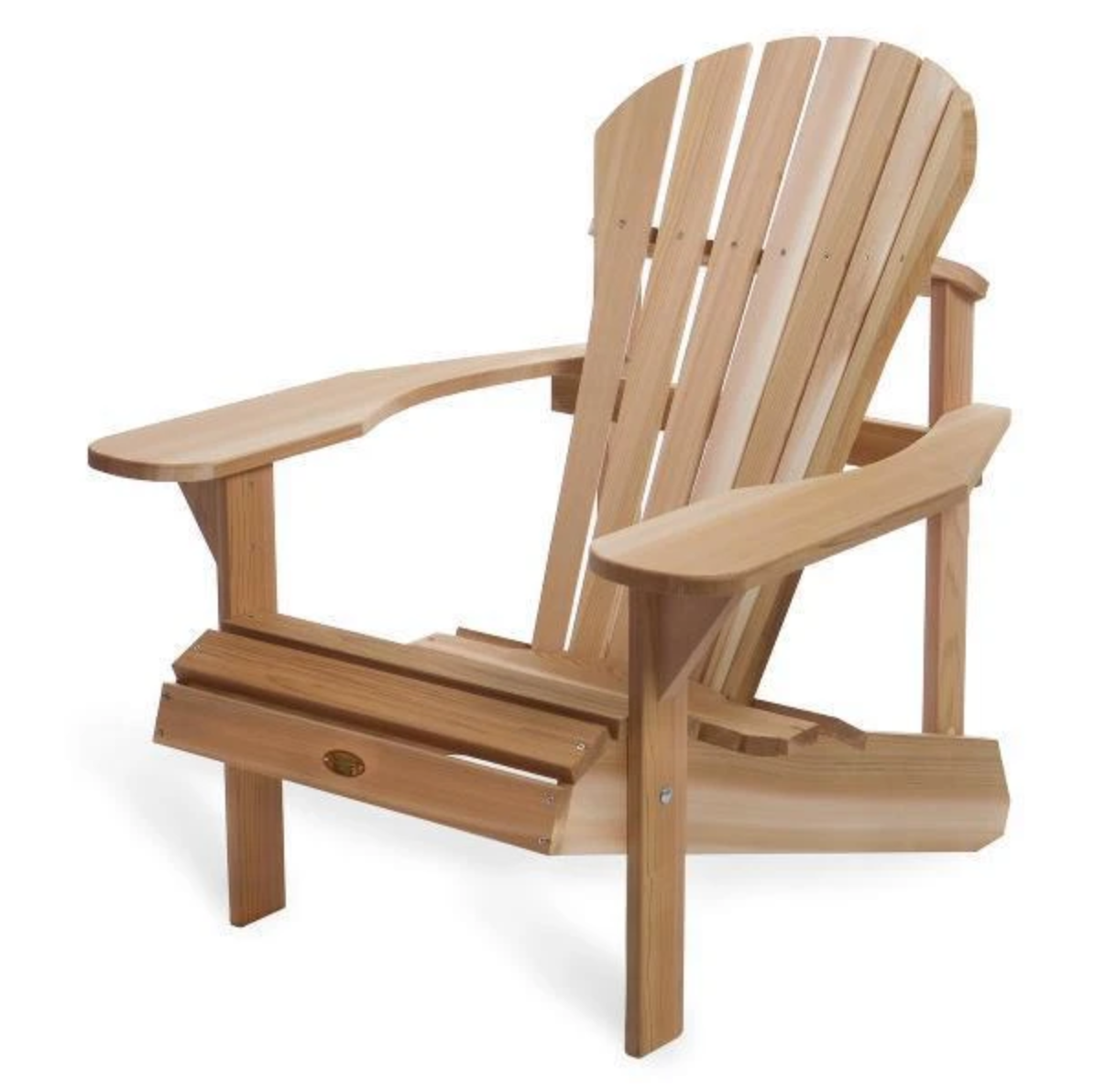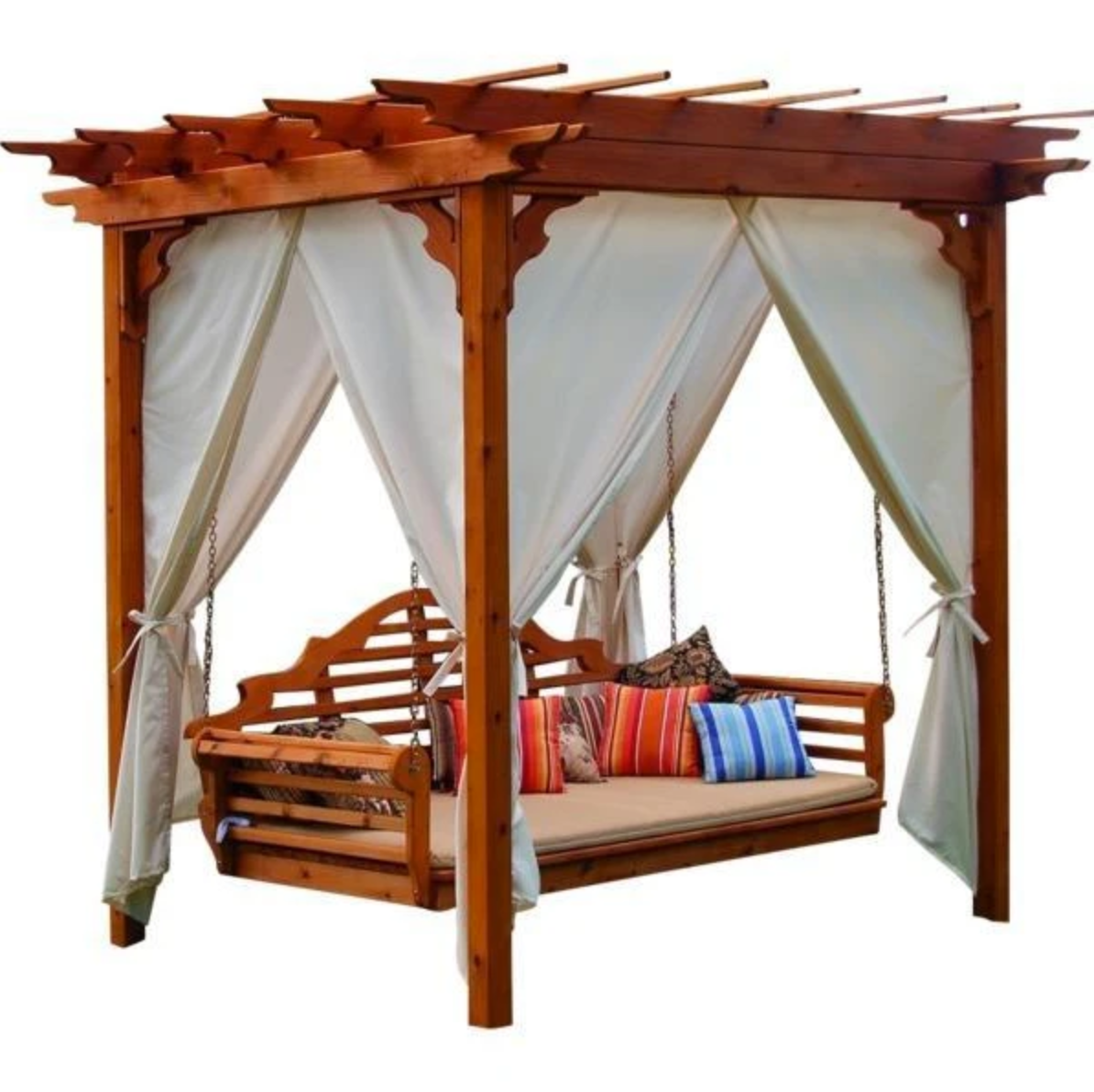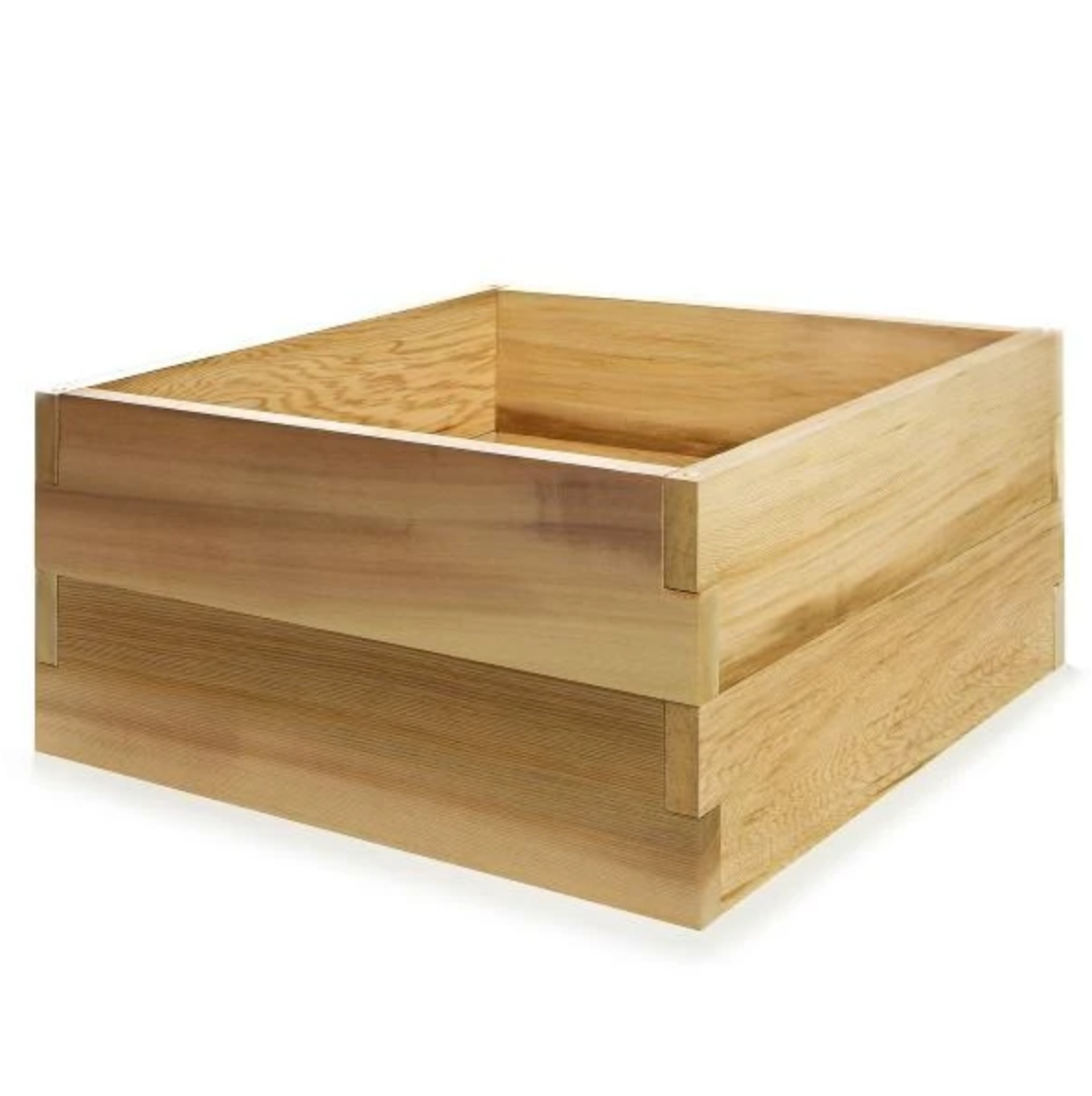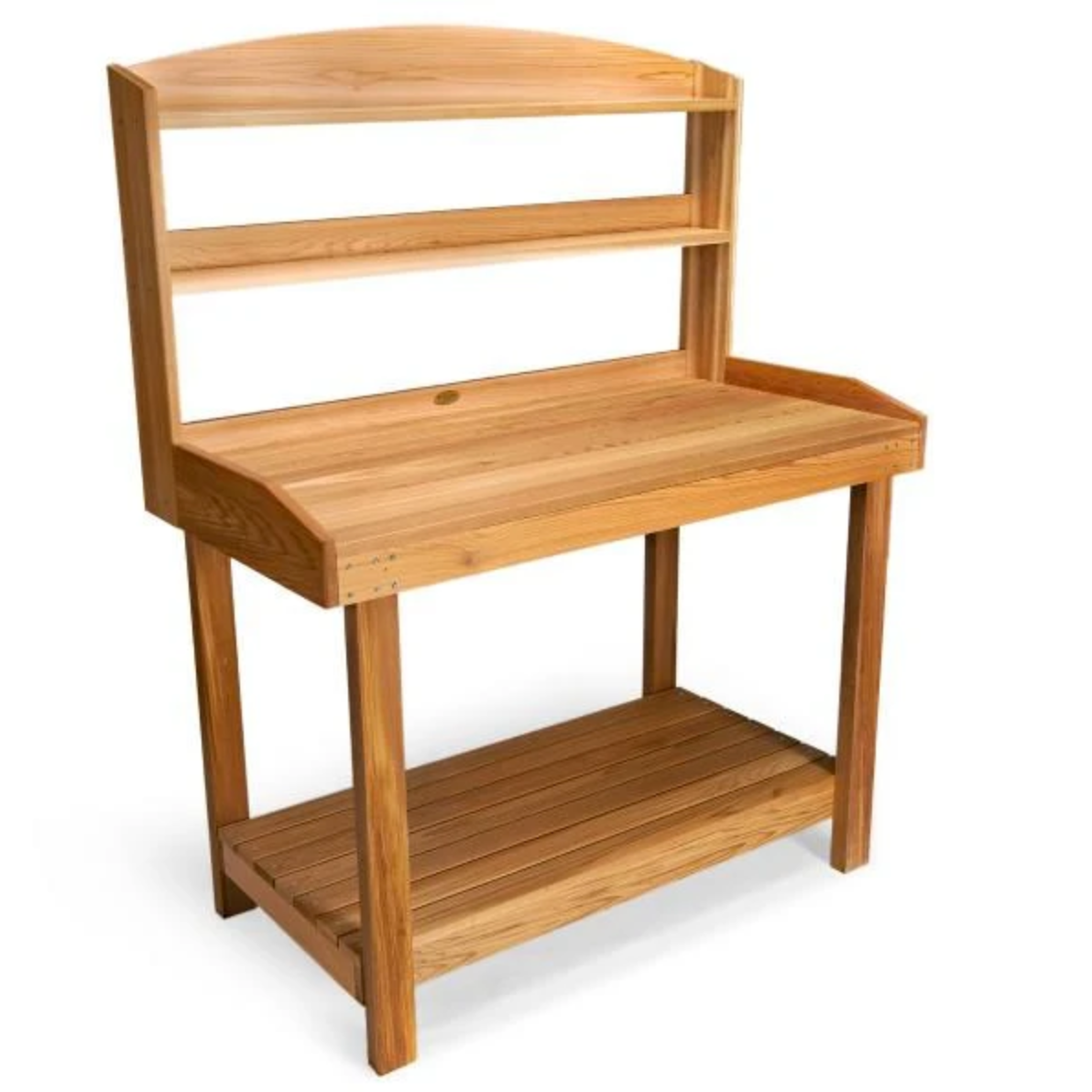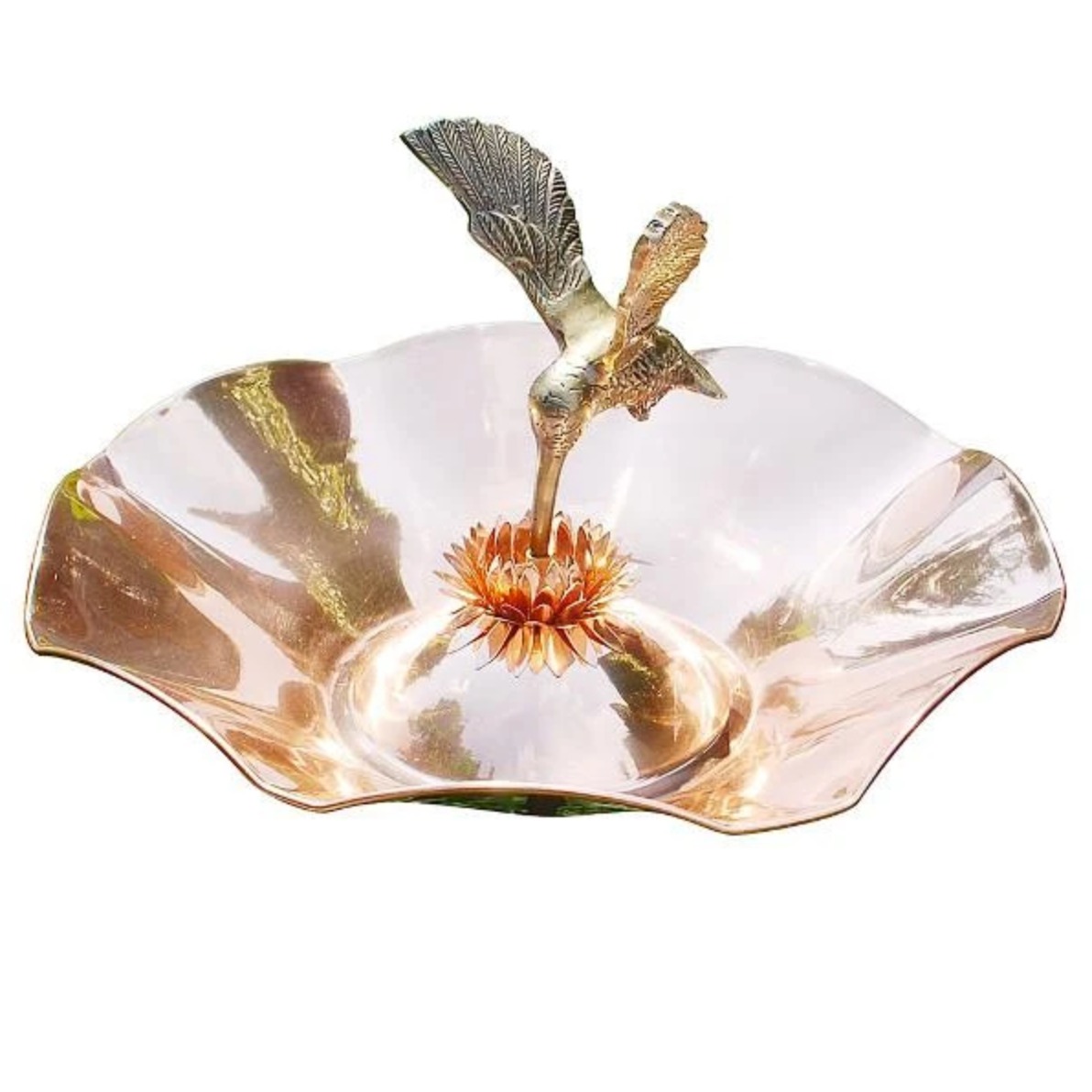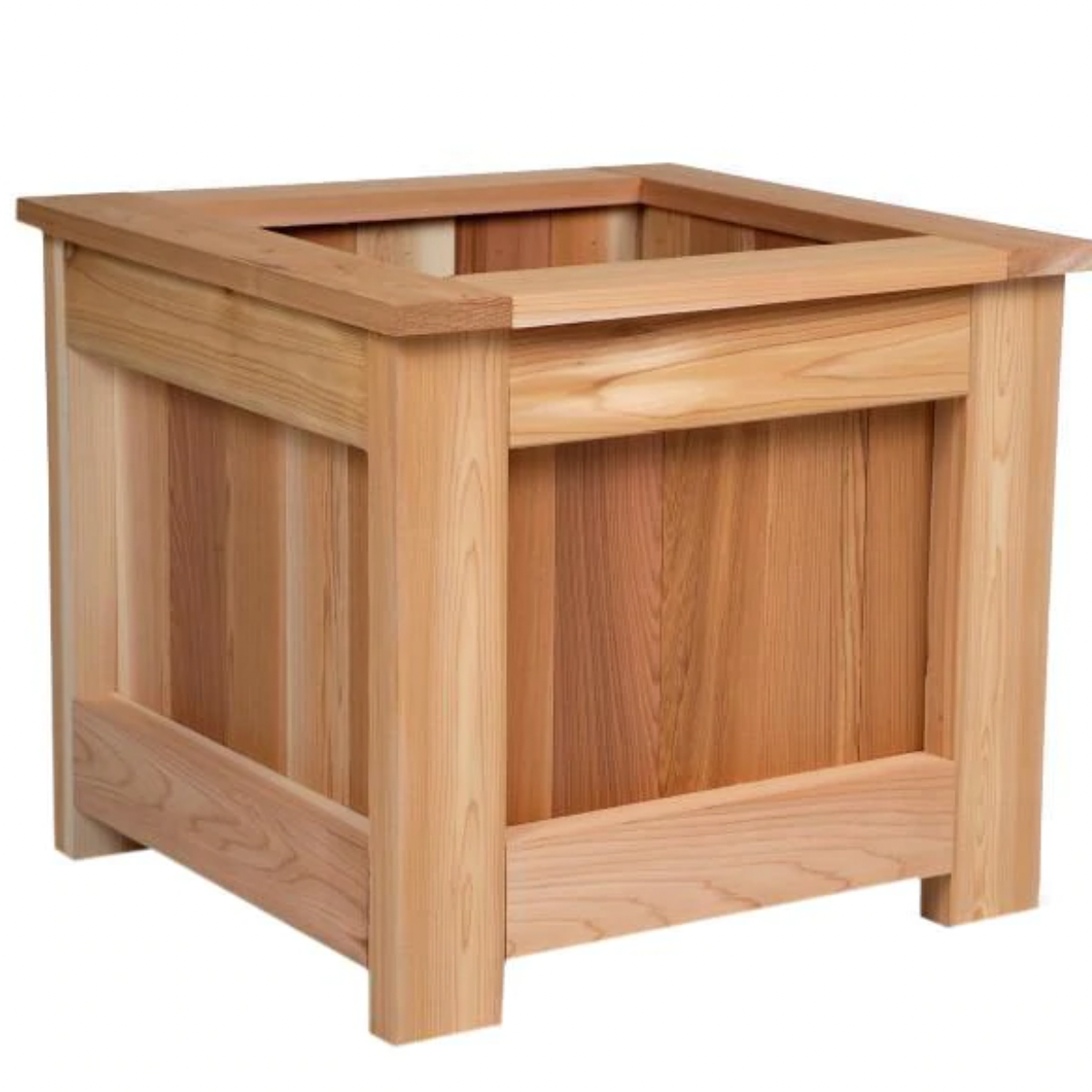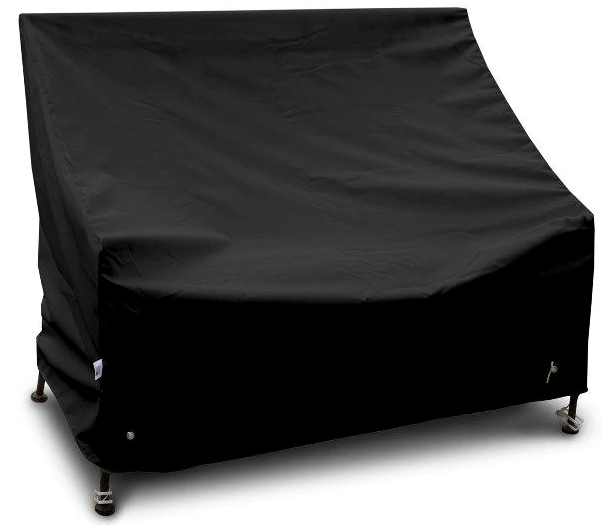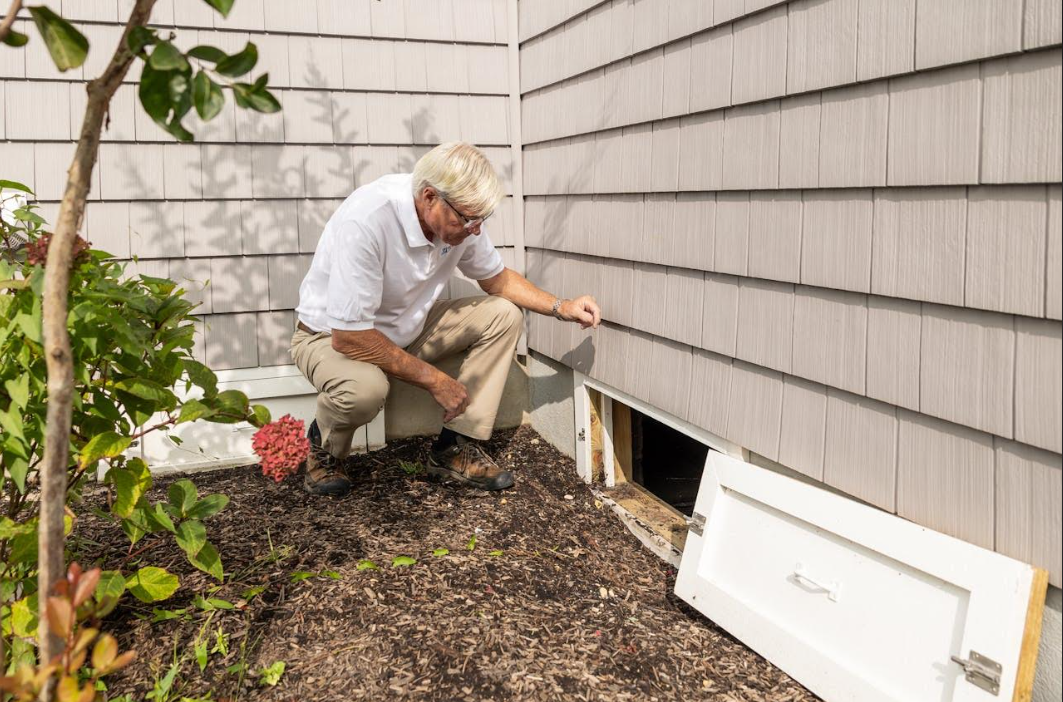Your Cart is Empty
FREE SHIPPING ON EVERY ORDER
Menu

FREE SHIPPING ON EVERY ORDER
Swings
Benches
Tables & Chairs
Home & Garden
Small-Space Gardening: Urban Student Guide
Urban college life often means navigating tight living quarters, where green space seems like a distant luxury. However, even the smallest dorm window, balcony, or corner can transform into a thriving personal garden. Embracing small-space gardening offers not only fresh produce or beautiful blooms but also a rewarding connection to nature, which is vital for student well-being.
Balancing rigorous academic demands with personal pursuits can be a significant challenge for today's students. The constant pressure of assignments and exams often leaves little time for activities that foster calm and creativity. To manage their intensive coursework and free up bandwidth for enriching experiences like gardening, some students may strategically choose to pay to do homework for you. This allows them to invest valuable time in nurturing their well-being and developing practical, life-enhancing skills outside of textbooks.
Why Grow in Small Spaces?
Cultivating a small garden, even in limited urban environments, offers surprising benefits beyond just aesthetics. It provides a unique avenue for stress reduction, offering a calming escape from academic pressures. Caring for plants can significantly boost your psychological well-being and foster a rewarding sense of achievement.
Growing your own produce also offers access to fresher, healthier food options, potentially saving money on groceries. It offers a direct link to your food source, deepening your understanding of eco-friendly practices. Even in tiny areas, a garden provides a crucial connection to the natural world.
Choose Your Spot Wisely
The success of any small garden hinges on selecting the right location. Most edibles, particularly vegetables and herbs, thrive on generous sunshine, preferably a minimum of six hours of direct sun daily. Locate south-facing windows, balconies, or fire escapes that receive steady illumination throughout the day.
Beyond sunlight, consider practicalities like airflow to prevent mold and easy access for watering. Ensure your chosen spot adheres to any dorm or apartment regulations regarding weight limits or obstructions. Strategic forethought will go a long way in optimizing your limited growing space.
Smart Containers & Tools
Selecting the right containers is paramount for small-space gardening, as they directly impact plant health and growth. Choose containers that possess effective drainage holes to avert soggy soil, which can compromise root health. Material choices like terracotta, plastic, or fabric grow bags all have their advantages.
Innovative container solutions maximize vertical space, turning unused areas into productive gardens. Think creatively about how to stack or hang your plants.
Consider these container types:
-
Fabric Grow Bags: Lightweight, breathable, excellent drainage.
-
Window Boxes: Ideal for herbs or small flowers on sills.
-
Hanging Baskets: Perfect for cascading plants like strawberries or cherry tomatoes.
-
Vertical Planters: Multi-tiered systems for walls or narrow spaces.
Top Plants for Compact Spaces
Not all plants are suited for confined conditions, so choosing wisely ensures a rewarding experience. Focus on varieties known for their compact growth habits, high yield-to-space ratio, and relative ease of care. Herbs are often a perfect starting point for student gardeners.
Leafy greens, small root vegetables, and dwarf fruit varieties also thrive in containers. These selections provide consistent harvests without demanding extensive room.
Excellent choices for urban student gardens include:
-
Herbs: Basil, mint, chives, rosemary, cilantro (grow well in small pots).
-
Leafy Greens: Lettuce (cut-and-come-again varieties), spinach, arugula (tolerate partial shade).
-
Bush Beans: Compact varieties that don't need much support.
-
Radishes: Quick to mature and need shallow containers.
-
Cherry Tomatoes (Dwarf varieties): Can produce a surprising yield in a decent-sized pot.
-
Strawberries: Great for hanging baskets or tiered planters.
Watering & Feeding Simplified
Consistent watering is the single most critical factor for container gardening success. Potted plants dehydrate more rapidly than those in the ground due to greater air exposure. Test soil dampness each day by feeling the top inch. Water upon dryness.
While initial potting mix provides some nutrients, container plants will eventually deplete them. Administer a weakened liquid plant food every two to four weeks, particularly for bloom-producing specimens. Follow product instructions carefully to avoid over-feeding, which can burn plants.
Harvesting & Enjoying
Among the greatest joys of cultivating a compact garden is savoring the delicious results of your efforts. Knowing when and how to harvest your plants properly ensures prolonged yields and continued growth. For herbs and leafy greens, a "cut-and-come-again" method allows for multiple harvests.
Use your fresh produce to elevate your college meals, from a simple pasta dish with homegrown basil to a crisp salad with freshly picked lettuce. Take moments to simply appreciate your green oasis. It's a testament to your effort and a source of quiet satisfaction amidst a busy student life.
Conclusion
Embracing small-space gardening offers urban college students a tangible way to connect with nature, reduce stress, and gain practical life skills. Despite limited room, innovative container choices and strategic plant selection make cultivating a thriving green space entirely achievable. Your small garden becomes a rewarding personal sanctuary.
Starting your own compact garden is an empowering step toward sustainable living and enhanced well-being during your college years. It proves that even in the busiest urban environments, a little bit of green can make a significant difference.
Also in News
US
United States
Jan 09, 2026 22:05
Product Tag :
Product Collection :
×
